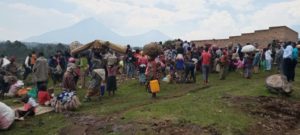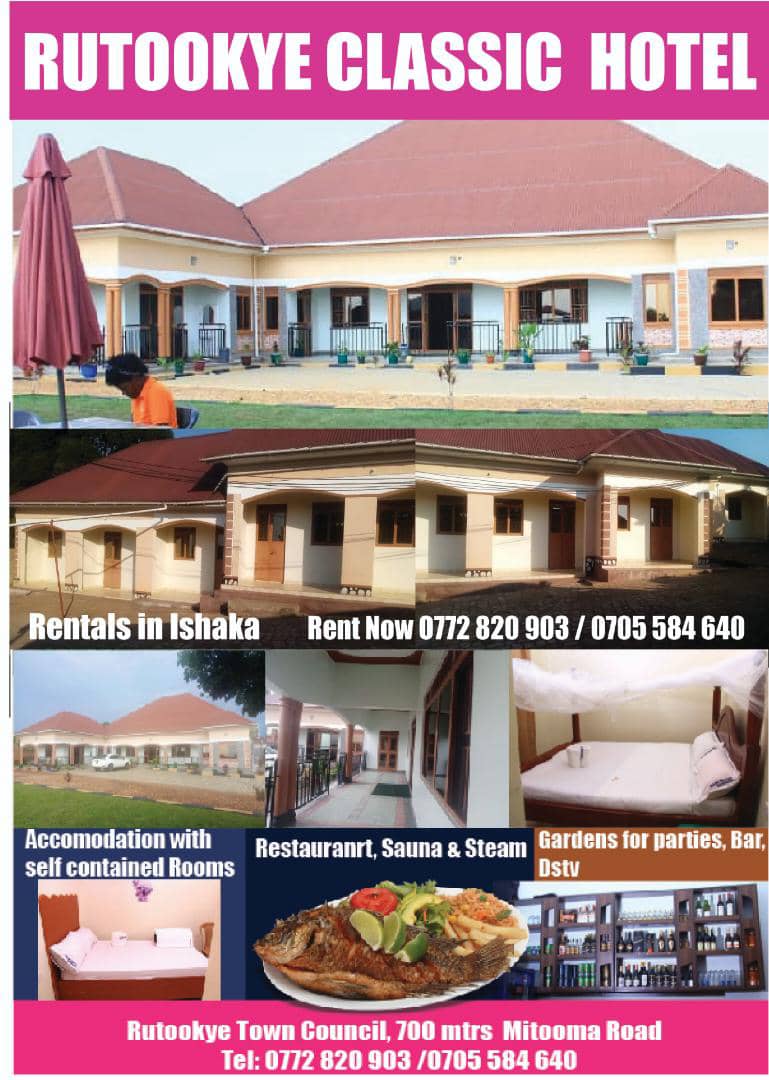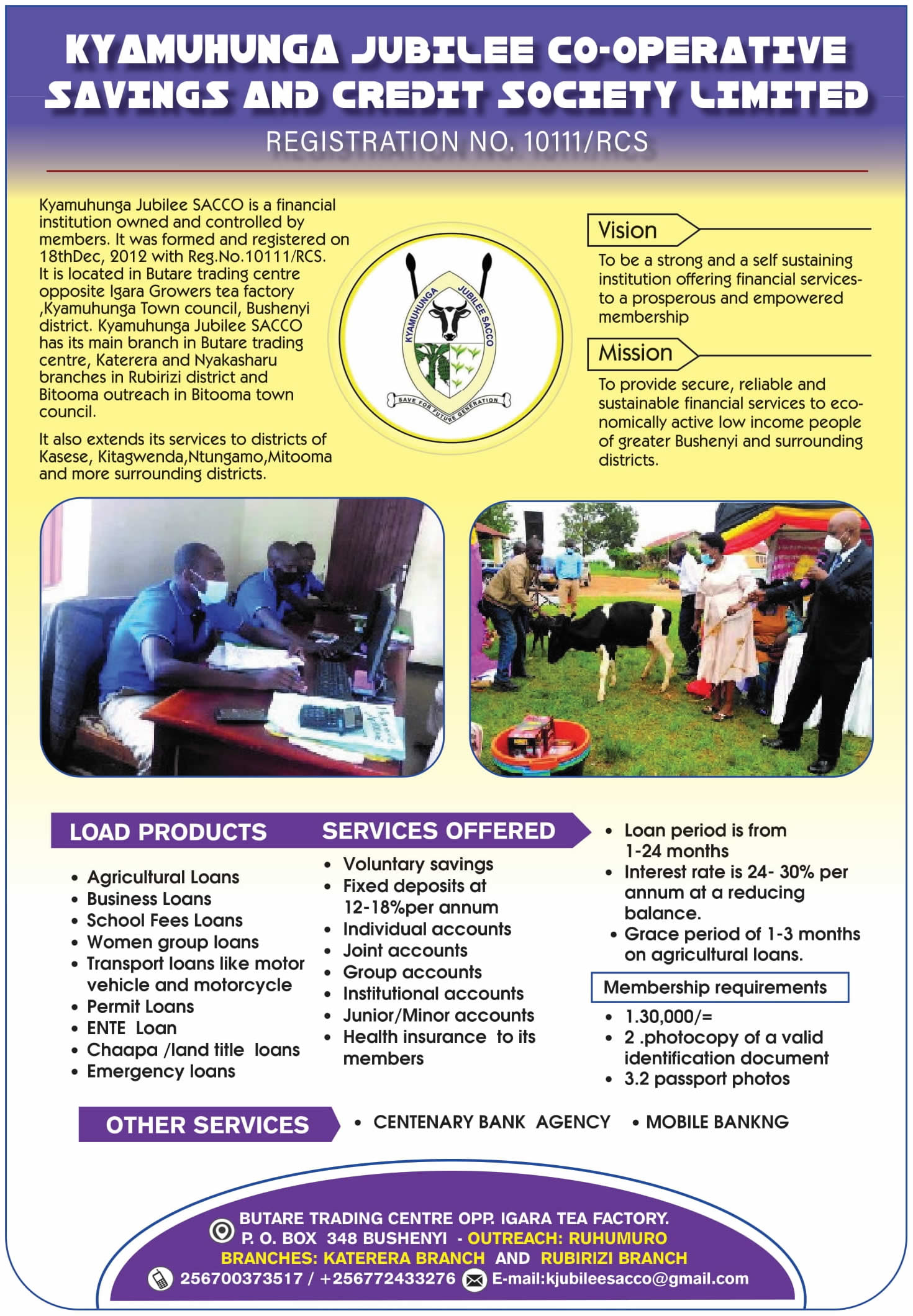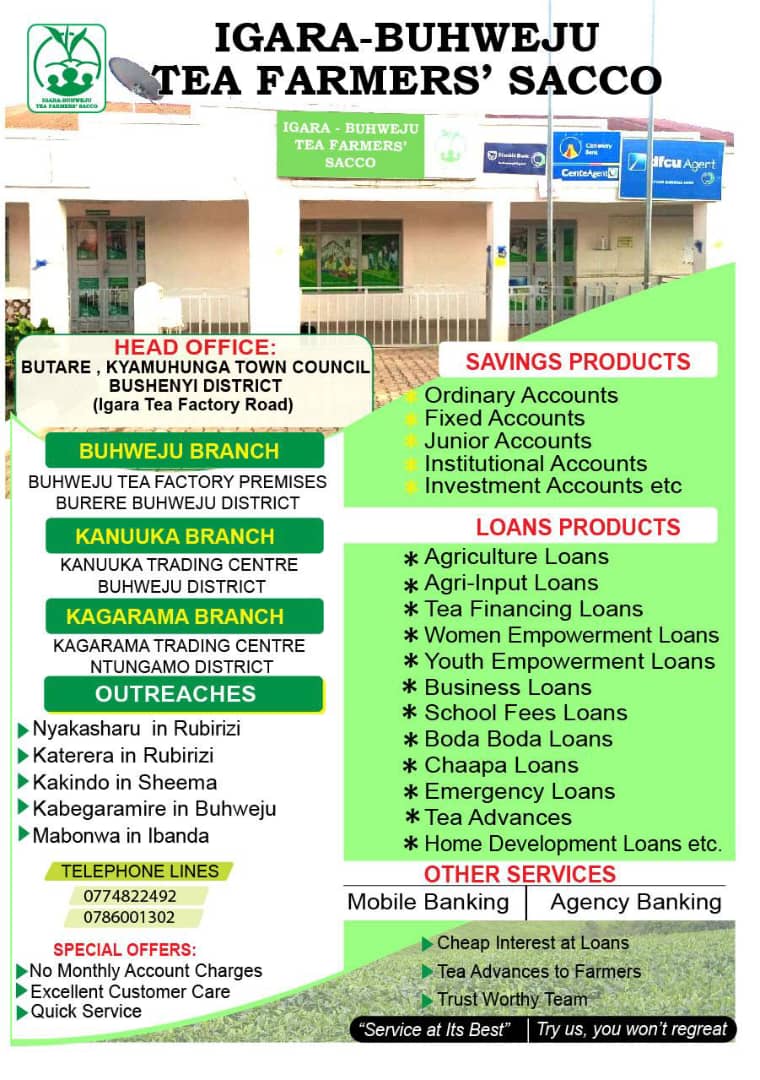HUNDREDS FLEE TO UGANDA AS FRESH WAR BREAKS OUT IN DRC

By Ambrose Kweronda
In Kisoro—
Thousands of people from the Democratic Republic of Congo have fled their homes following the outbreak of fresh fighting.
The refugees are fleeing to Uganda and have entered Uganda through the southwestern district of Kisoro.
The refugees are now being received and screened at Nyakabande refugee’s reception Centre.
According to the Kisoro Resident district commissioner, Dan Ndikumana the fighting in Eastern DRC intensified over the weekend.
Sources from the DRC indicate that the army camps were overrun by rebels who are believed to be of the M23 Rebels.
Abel Bizimana the Kisoro district LCV chairperson revealed that the situation is alarming with the influx getting out of control.
Heavy and light weapon fire was extended overnight until early morning Monday, causing widespread panic among the population, sources in the region say.
According to Radio Okapi, the same source claims that the army, in reduced strength, made a “strategic withdrawal to Kisiza, 2 km from Chanzu”.
The Congolese government forces have despite withdrawing from the frontline declined to comment on the matter.
Sources corroborating in Rutshuru claim that a large part of Chanzu’s population has fled to Bunagana, a town on the border with Uganda and the Catholic parish of Jomba.
Residents of Kinyangurube, Ndiza, Mbuzi and Jomba villages have all fled their villages. The hills of Chanzu and Runyonyi have been occupied by the attackers.
A local nongovernmental organization says that the FARDC -Congolese government forces have been seen to arriving in Bunagana as reinforcements.
The fighting has also paralyzed all the businesses in the area and more people could be seen fleeing from the area.
Gen. Sultan Makenga the M23 commander could not be reached for a comment as his known contacts could not be reached.
Who are the M23 rebels?
The rebels are named after a peace agreement they signed with the Congolese government on March 23, 2009 when they were fighting as part of a group calling itself the National Congress for the Defence of the People (CNDP). Many CNDP fighters were integrated into the Congolese army, officially known by its French initials FARDC.
The rebels belong to the minority Tutsi ethnic group and have close ties to the Tutsi in neighbouring Rwanda. Their rebellion began in April 2012 when they mutinied. At that time, the CNDP was led by Bosco Ntaganda who is now at The Hague in the Netherlands where he is awaiting trial by the International Criminal Court (ICC) for alleged war crimes and crimes against humanity in the north east of the country from 2002 to 2003.
The group’s senior leaders include Bishop Jean-Marie Runiga Lugerero who serves as its president. General Sultani Makenga heads the movement’s military wing.
International human rights groups say M23 fighters have been responsible for widespread war crimes, including summary executions, rapes, and the forced recruitment of children. In March 2013, following infighting between two M23 factions, Ntaganda turned himself in to the United States embassy in Rwanda and was extradited to The Hague.
Why the rebellion?
The rebels say they started their rebellion because they were not happy with the pay and conditions in the Congolese army. But Congolese government officials and analysts say the mutiny began when the government came under pressure to arrest Ntaganda and hand him over to the ICC.
Given the fact that M23 is a ragtag army, and the vast 1136km distance between Goma and Kinshasa, it is highly unlikely that the rebels can topple the government. But they have continued to fight, sometimes emerging victorious after battles with poorly trained and ill-equipped soldiers. Many say the rebellion is fuelled by the presence of vast mineral resources in eastern DR Congo, claiming the rebels want to win control of them.
What is the role of neighboring countries?
A ceasefire that was signed earlier this year was brokered by neighboring countries, including Uganda, which borders DR Congo to the west. Rwanda, accused by DR Congo of backing M23, was also involved. Kigali denies the accusations of backing the rebels but both Kinshasa and UN investigators insist the M23 have received support from the Rwandan military.
Many also wonder how Ntaganda managed to cross into Rwanda and get to the US embassy in Kigali if he did not have any help from the Rwandan government.
What is the UN peacekeeping mission doing?
The United Nation has had peacekeepers in eastern DR Congo for more than a decade, but they have done little to pacify the region. However, in March the Security Council approved the creation of its first-ever “offensive” combat force to “neutralize and disarm” M23 and other Congolese rebels and foreign-armed groups in DR Congo. In August, the head of the United Nations peacekeeping mission ordered peacekeepers to take the “necessary action” to protect civilians and prevent armed groups from advancing in the North Kivu province in response to the renewed fighting
www.mknewslink.com a greater western Uganda news website
Email: wmuhwezi75@gmail.com
Tel: +256702680106
































 Views Today : 77
Views Today : 77 Views Yesterday : 411
Views Yesterday : 411 Views Last 7 days : 3271
Views Last 7 days : 3271 Views This Month : 10326
Views This Month : 10326 Total views : 1447930
Total views : 1447930 Who's Online : 1
Who's Online : 1 Your IP Address : 18.188.218.134
Your IP Address : 18.188.218.134